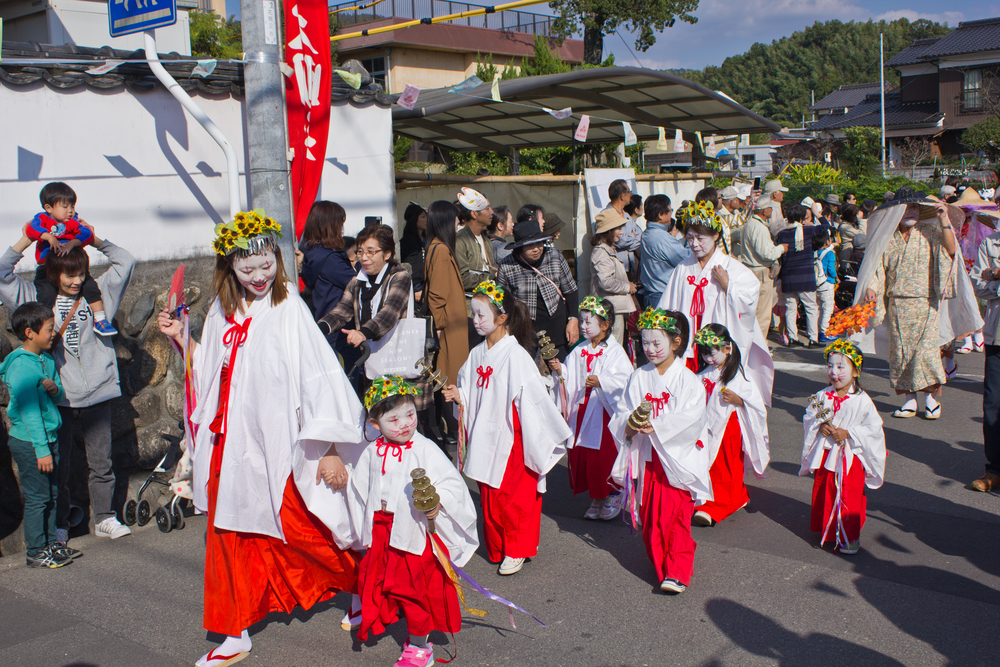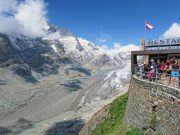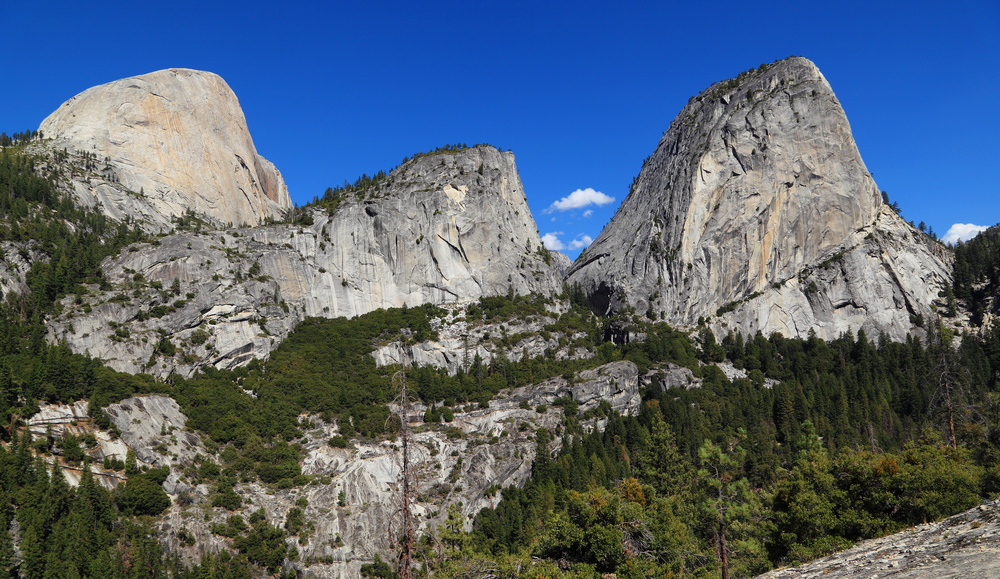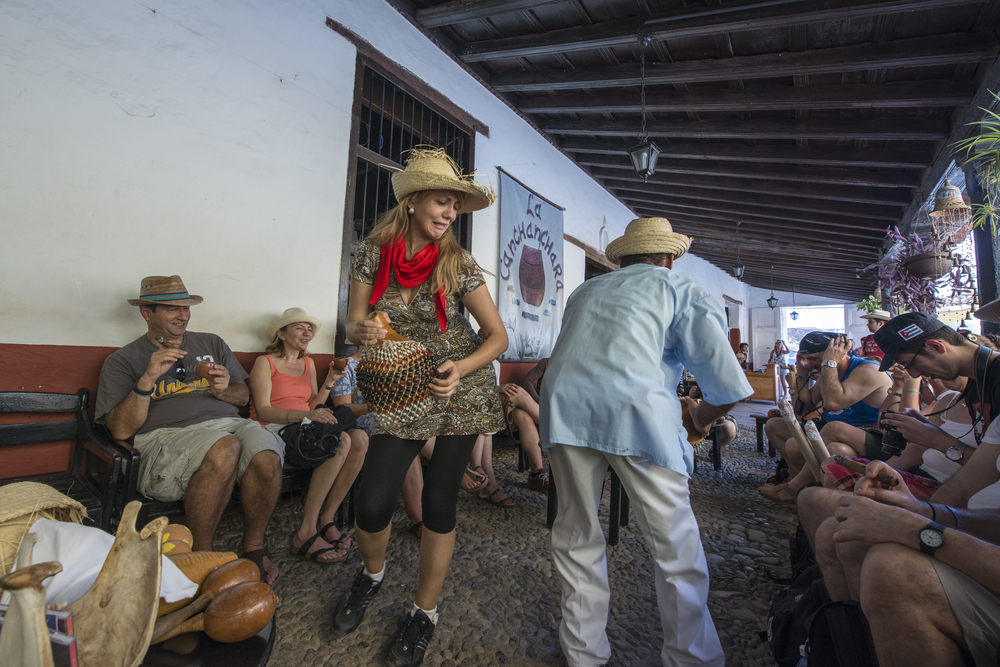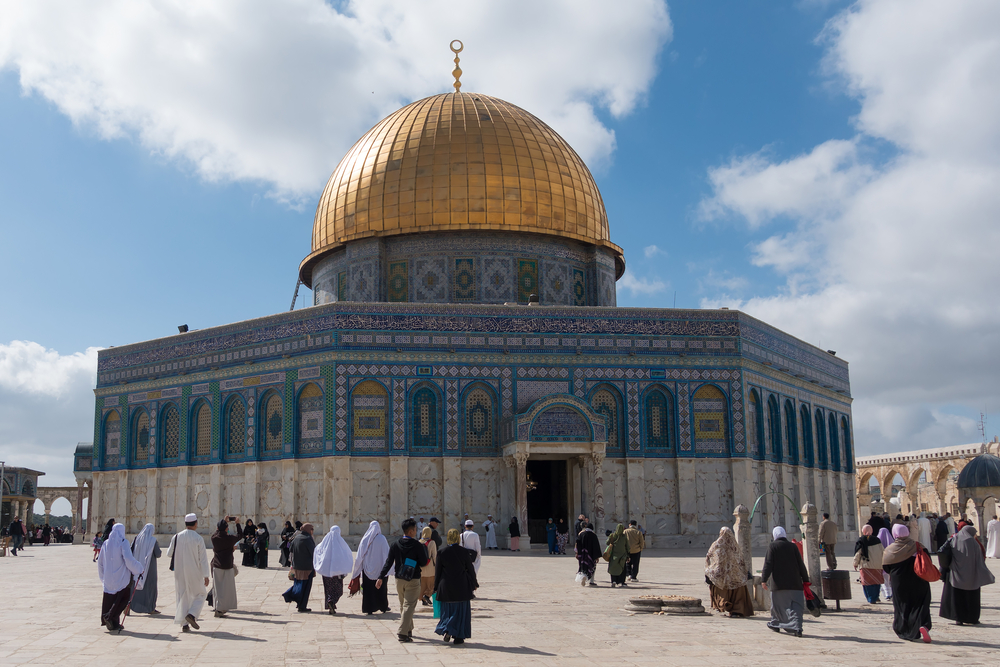With nearly half the population of Mayan descent, Guatemala has preserved the Mayan heritage as evident from the historical sites and ruins. Many of the local people still wear the traditional clothes. Sightseeing in Guatemala includes Mayan ruins, volcanoes, forested mountains and cultural spots. The rich ecosystem is another appeal that lures numerous visitors to the country.

A young woman with a backpack is looking at the ruins of an ancient Maya city Tikal. National park Tikal. Guatemala (Copyright: soft_light)

Lake Peten Itza, Guatemala (Copyright: Byron Aguilar)

Lake Peten Itza, Guatemala (Copyright: Byron Aguilar)
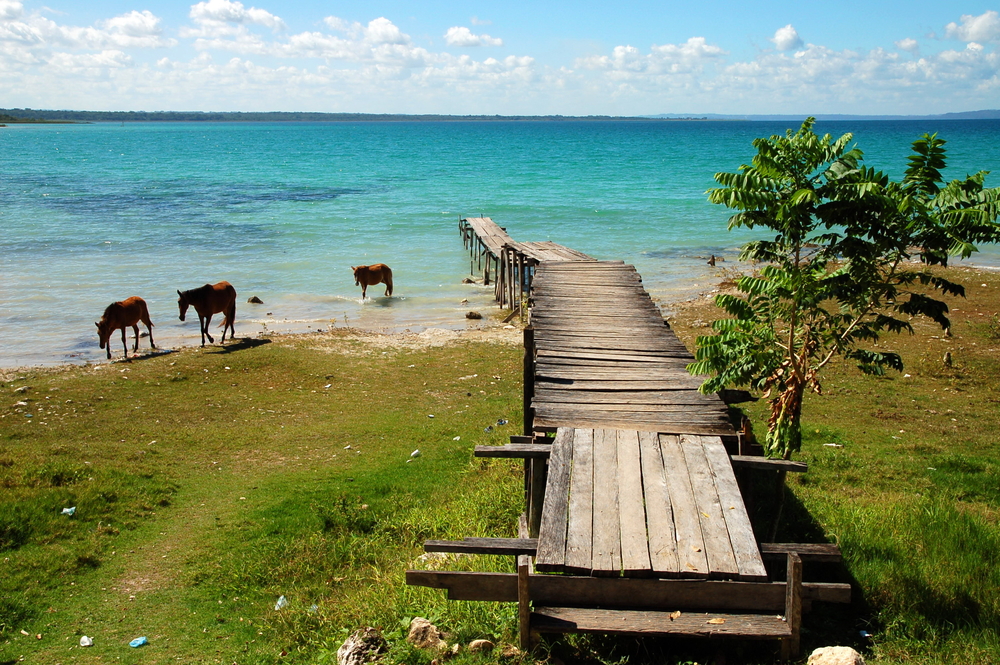
Pier on a Blue Lake with Horses in Guatemala (Copyright: underworld)
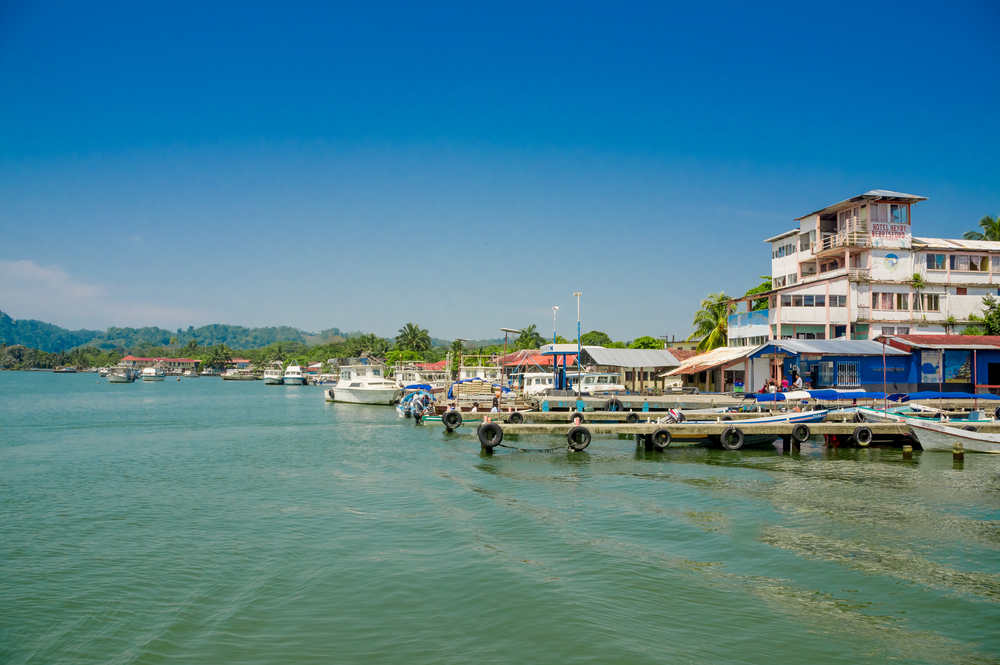
picturesque port harbor pier dock in livingston guatemala (Copyright: Fotos593)
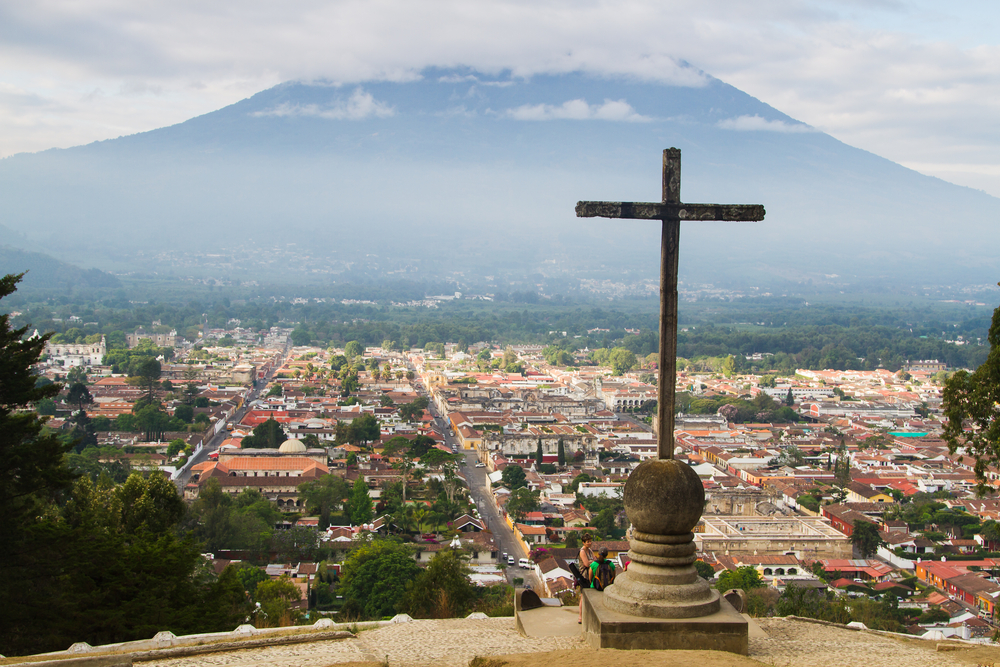
View from Cerro de la Cruz in Antigua, Guatemala, Central America. Antigua is former capital which was moved to Guatemala City after earthquake. (Copyright: Milosz Maslanka)

ANTIGUA, GUATEMALA – APRIL 22: View of colonial colorful buildings in Antigua, Guatemala on April 22, 2014. Antigua is the the former capital of Guatemala and was relocated in 1776 to Guatemala City. (Milosz Maslanka / Shutterstock)
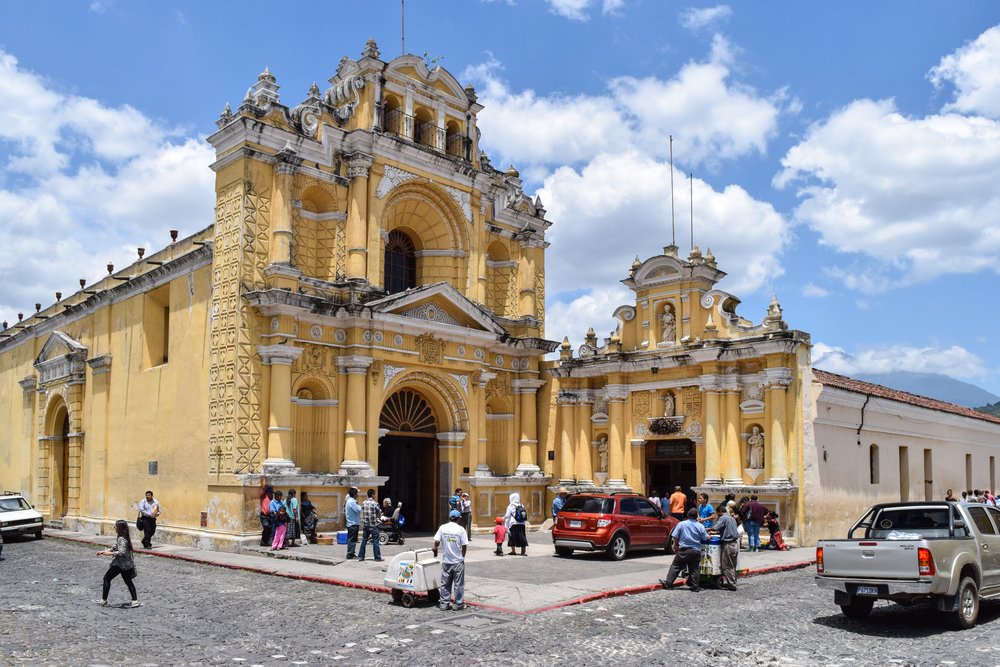
Antigua, Guatemala â?? May 30, 2015: Architectural details of colonial buildings in Antigua Guatemala, a UNESCO World Heritage Site founded in the 16th century. San Pedro Apostol Church. (Joseph Mortimer / Shutterstock)
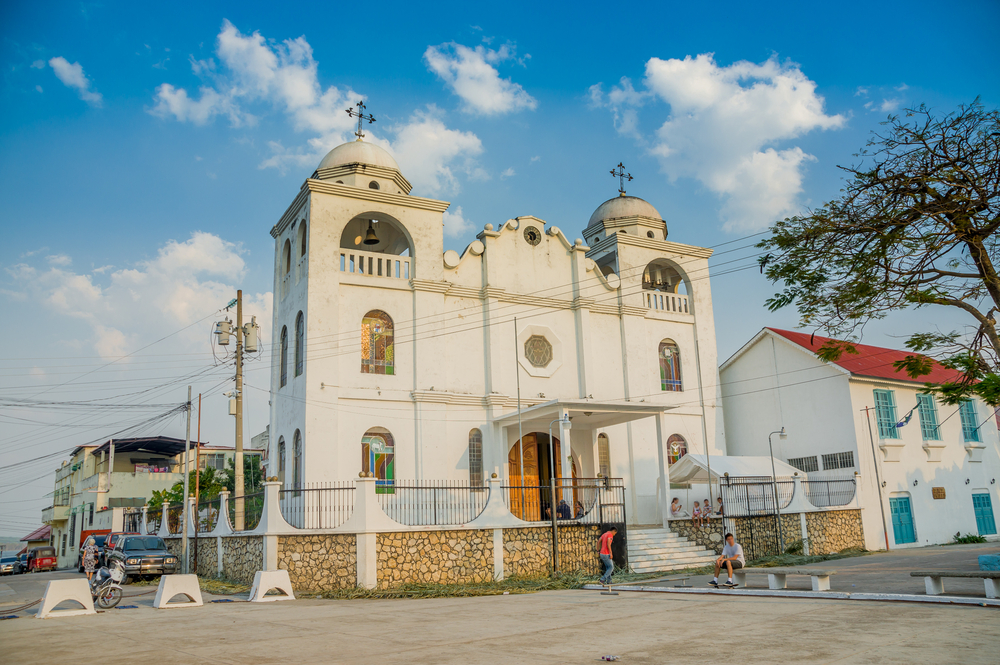
church isla de flores guatemala island central america (Copyright: Fotos593)
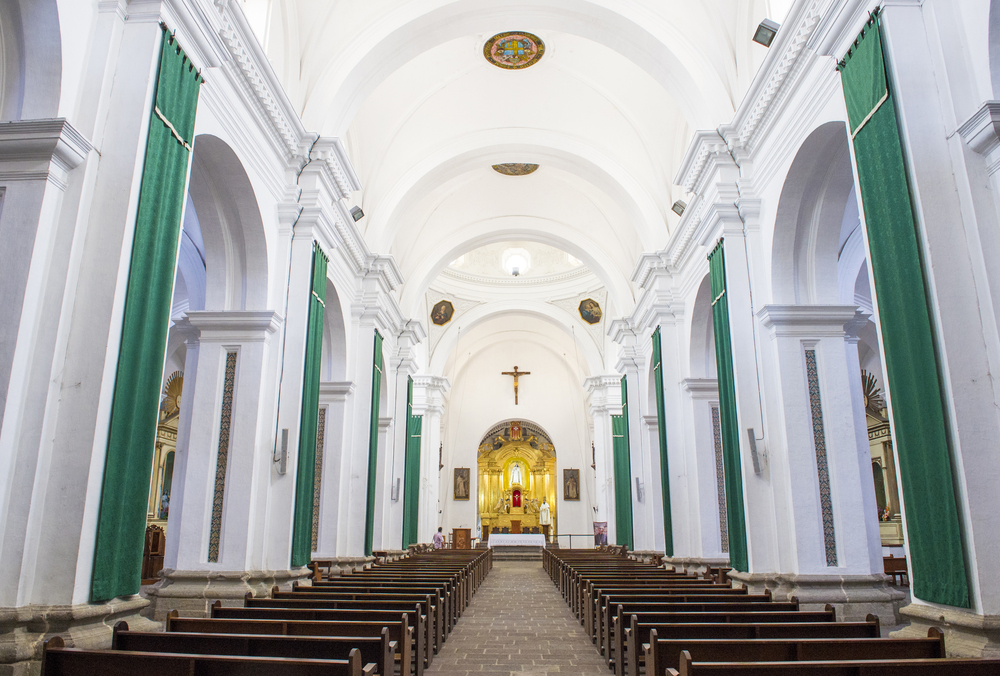
ANTIGUA , GUATEMALA – JULY 30 : The interior of La Merced church in Antigua , Guatemala. on July 30 2015 La Merced was originally built in 1548. (Kobby Dagan / Shutterstock)
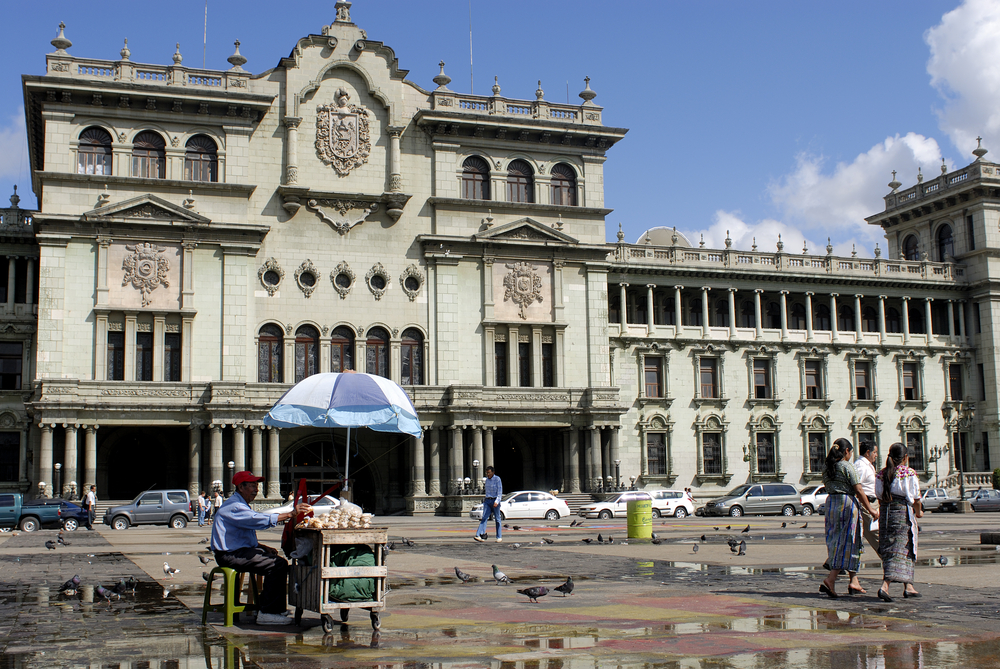
Guatemala City, Guatemala, – December, 15. 2006: Main Plaza at National Presidential Palace, Guatemala City, Guatemala, Central America (T photography / Shutterstock)

April 20, 2016 San Pedro la Laguna, Guatemala: A backpacker walks on the street of the Mayan town a popular destination for young travelers (Barna Tanko / Shutterstock)

the holly week, Guatemala City, 15 march 2015, Guatemala.Women and girls parading for Holy Week (Olivier Tabary / Shutterstock)

Guatemala People (Petur Asgeirsson / Shutterstock)
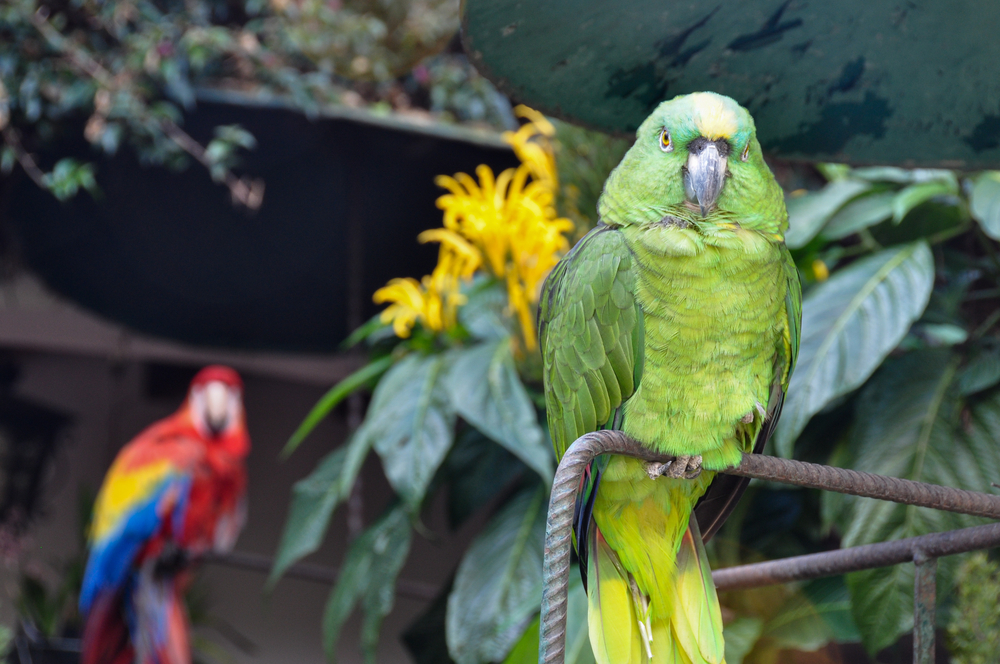
Parrots in Chichicastenango, Guatemala. (Copyright: Hugo Brizard – YouGoPhoto)

Calle del Arco, Antigua, Guatemala – Dec 3, 2014: Painting iconic arch in popular tourist street in Spanish colonial town of Antigua. Agua volcano towers behind the arch. (loca4motion / Shutterstock)

ANTIGUA GUATEMALA MAY 02 2016: The ruins of the El Carmen church to see what is left of this once magnificent edifice. (meunierd / Shutterstock)

ANTIGUA, GUATEMALA – APRIL 22: View of colonial colorful buildings in Antigua, Guatemala on April 22, 2014. Antigua is the the former capital of Guatemala and was relocated in 1776 to Guatemala City. (Milosz Maslanka / Shutterstock)
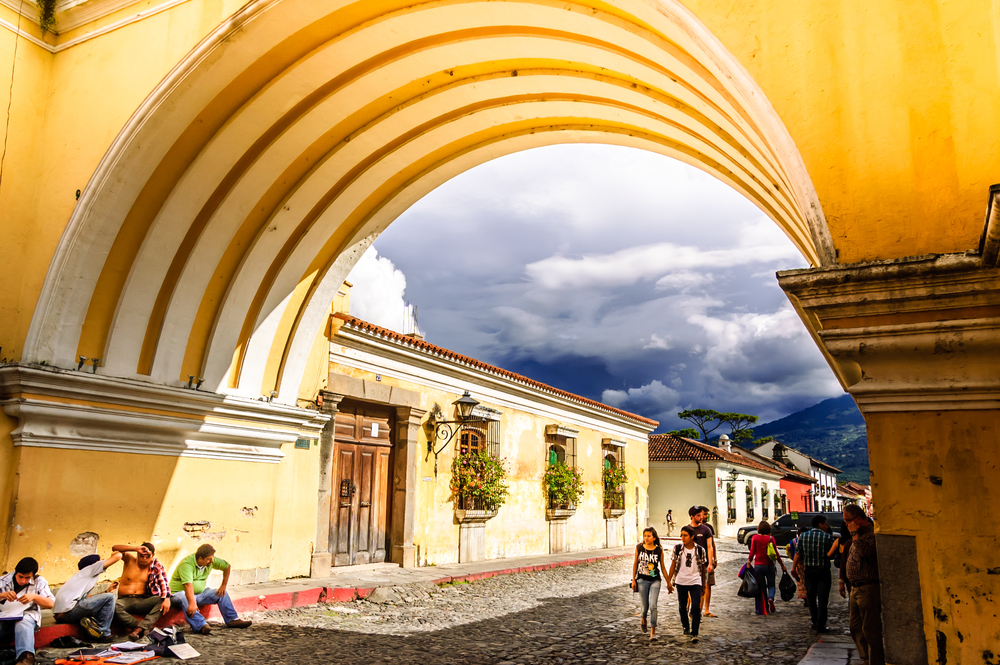
Antigua, Guatemala – October 11, 2014: Santa Catalina Arch, a landmark in Spanish colonial town & UNESCO World Heritage Site of Antigua. Tourists walk past street artists. Agua volcano is behind arch. (loca4motion / Shutterstock)

Antigua, Guatemala – April 10, 2009: Locals & tourists admire dyed sawdust carpet made overnight for Good Friday procession in colonial town with most famous Holy Week celebrations in Latin America. (loca4motion / Shutterstock)

Chichicastenango, 19 March 2015, Guatemala. A poultry seller in the street (Olivier Tabary / Shutterstock)

SAN JUAN LA LAGUNA , GUATEMALA – JULY 28 : Mayan woman weaving in San Juan la laguna , Guatemala on July 28 2015 , Mayan weavers known worldwide for their skills. (Kobby Dagan / Shutterstock)

LAKE ATITLAN, GUATEMALA – APRIL 23: Mayan inigenous women wash clothes and take bath on the coast of San Pedro La Laguna, Lake Atitlan, Guatemala on April 23, 2014. (Milosz Maslanka / Shutterstock)

The lake of Lago Atitlan in Guatemala (Copyright: Jolanda)

ancient mayan ruins, peten basin, tikal, guatemala , latin america, old pyramids (Copyright: worldswildlifewonders)

Tikal – Maya Ruins in the rainforest of Guatemala (Copyright: Simon Dannhauer)
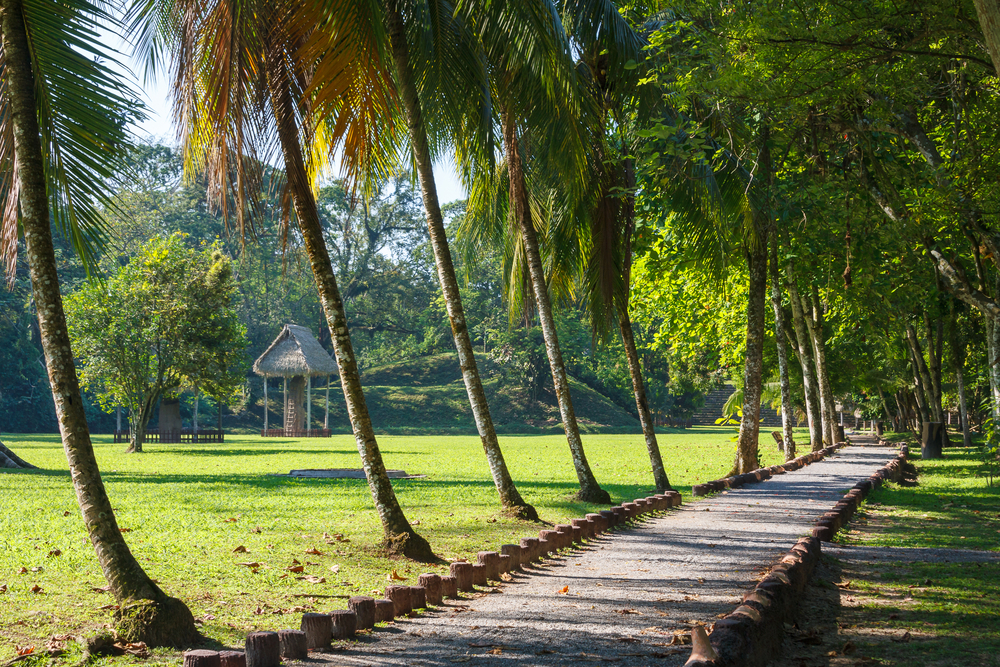
Ruins of the ancient Mayan city of Quirigua, Guatemala (Copyright: Lev Levin)
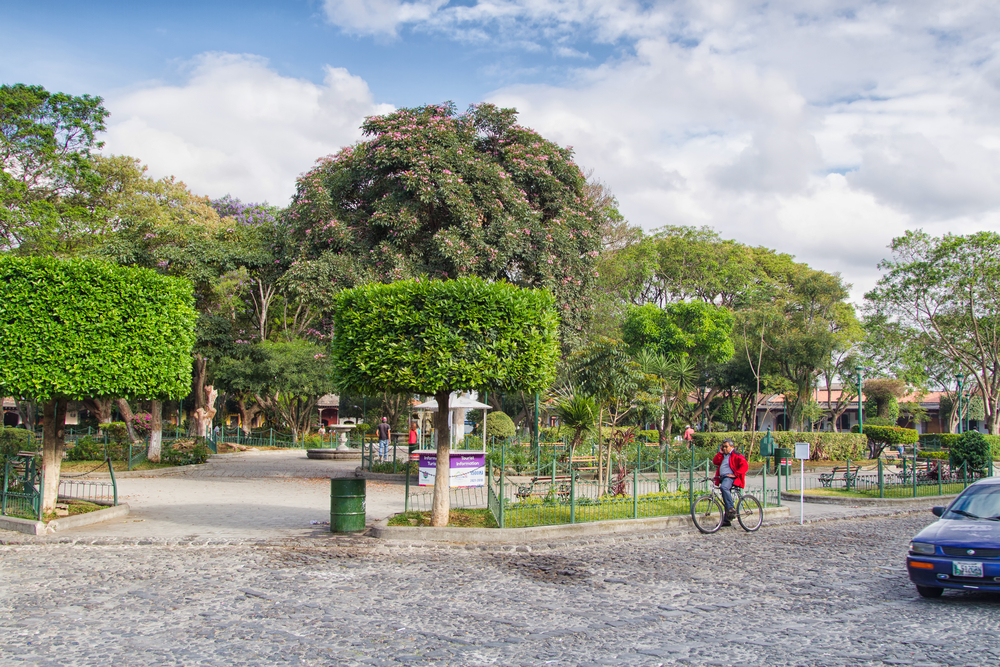
ANTIGUA, GUATEMALA – APRIL 22: View of main central park in Antigua, Guatemala on April 22, 2014. Antigua is the the former capital of Guatemala and was relocated in 1776 to Guatemala City. (Milosz Maslanka / Shutterstock)

Sunset over the lake peten itza in northern guatemala (Copyright: Barna Tanko)

beautiful sunset Baroque building in main square plaza Antigua Guatemala (Copyright: Fotos593)
History of Guatemala
By Mariano J Manning
Guatemala: A country under construction for over six centuries
Guatemala has gone from the colonial times, to independence and internal conflicts, to the democracy of today.
Guatemala is “the country of eternal spring” for its current inhabitants, despite struggles many experience in their day-to-day lives. Throughout its history, Guatemala has had to overcome strong, painful battles that have marked the history of their land and its Central American neighbors.
The earliest records of life in Guatemalan territory date back to the Mayans, a culture that determines much of the identity of the ‘chapínes’, as the natives of the present Republic of Guatemala are known.
The first signs of life were found in the Peten area and date from 6500 years BC. Most archaeological findings are from 3000-2500 BC and belong to the large number of Indian settlements.
As shown in the fairly-accurate historical movie “Apocalypto”, the Mayans lived in small colonies and shared daily tasks to survive in the world around them. Even today, despite the influence of western, indigenous peoples remain the same behavior to have food, shelter and entertainment.
Conquest and independence
Pedro de Alvarado, the Spaniard conquistador, was designated to enter the Guatemalan land and chose to do it across the Pacific. His bright idea was to convince the Cakchiquel people to fight alongside him and his troops against the K’iche’. As the story goes, the Indian chief and now national hero Tecum Uman was the only one able to settle differences between indigenous peoples who were confronted by old grudges.
The Spanish army was more powerful and after many bloody battles, they were able to control the Indians. The last key town to fall under domain was the heart of the Maya Itza: Tayasal city.
An important starting point for Guatemala was the battle for independence in the 19th century. On September 15, 1821, Guatemala won its independence from Spain and indirectly released several of its Central American neighbors. Even today, this date is cause for great celebration and remembrance for those who fought.
The four-capitals country
Throughout its rich history, Guatemala has moved its capital several times. It all began with the arrival of the Spaniards, who after its first victories settled the first capital at a place called Iximche. This city did not last long as the capital of the fledgling country due to constant battles with the Indians. Next, the Spaniards moved to the Valley of Almolonga, this time led by Jorge de Alvarado (Pedro’s brother). A storm of epic proportions destroyed the city and the Indians said it was a divine punishment. Pedro de Alvarado died trying to save himself and his wife did shortly after.
The capital was then placed in the Valley of Panchoy and stayed there for two centuries. A series of strong earthquakes left architectural structures in terrible condition and a new change it was decided. Today, the town is known as Antigua Guatemala and is a must-see tourist destination. In 1777, amid protests and intention of many people not to move, Guatemala of the Assumption was founded in the Virgin Valley.
Nowadays, the capital is one of the most modern and powerful in Central America, with contrasting high-tech centers and the charm of a population with indigenous features. A past rich in history, a present that drives the economy in the region, and a promising future. All this, despite the socio-political problems that still plague the country.
To learn more travel in Guatemala [http://www.guatemalago.com] and Guatemalan Travel [http://guatemalago.com/index.php/en/home/travel], check out GuatemalaGo!
Article Source: http://EzineArticles.com/expert/Mariano_J_Manning/1328848
http://EzineArticles.com/?History-of-Guatemala&id=7019833



